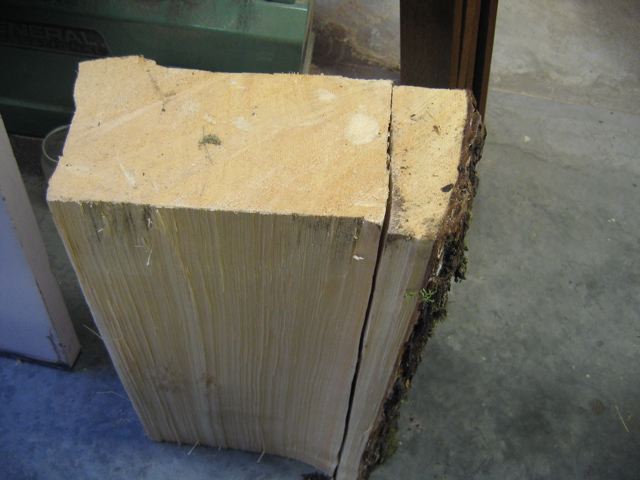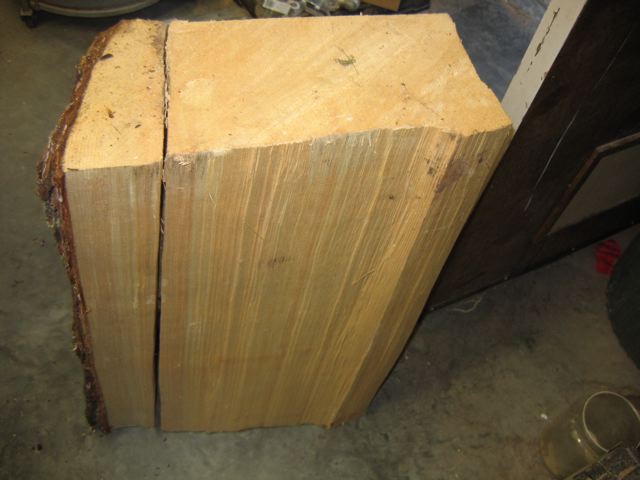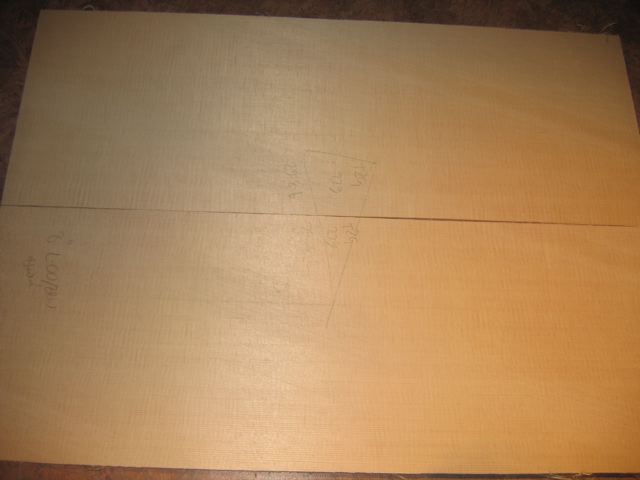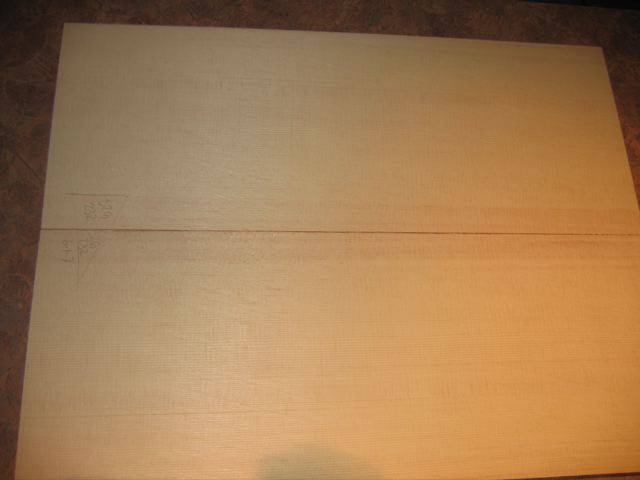I still have a few 'technical' questions that I need to research about processing tonewood. They might not change the way I do things but they might help me explain why I do certain things. Along that line I am starting to investigate the issue of drying and 'seasoning' wood. I think most of us understand the concepts of 'free' water and 'trapped' water, for a lack of the technical terms. Free water would be that which is outside of the cell walls and trapped is that which is inside the cell walls. We would, in general terms, call wood that has been dryed wood that has very little free water, and wood that has been seasoned wood that has the moisture largely removed from within the cell walls. Now I am speaking from memory of biology classes from 20 years ago in College, so I can be easily corrected here and I am going to review Hoadley's great book on this stuff. But what got me thinking more was that all of the wood inside the sapwood layer should be dead. Like I said I need to look into this a bit more. We do know that in the the spruce that I harvest that the inner portion of the tree is much dryer than the sapwood portion. So, is the inner portion, the heartwood, remaining moist because it is covered in an envelope of water and is therefore unable to dry further or is it still somewhat vasular? How much trapped water remains in cells that are no longer active and have been laying in place for a few hundred years? Anyway, to start down the road to getting answers to these (and a few others that are rattling around in my cranial cavity) I measured and weighed a couple of pieces of wood that I pulled from the bush yesterday (the last of the current tree is home now!!). Here are the pieces:


So when I measured and weighed these and compared them I found the following:
The sapwood weighed 13.05 g/in3 and the heartwood weighted 7.32g/in3. Sorry for the use of mixed measuring systems but that seems to be the way it is most reported in the lutherie circles! So that means that the sapwood is 1.78 times heavier than the heartwood by volume (I even included the bark which if removed would make the difference even greater!). Anyway, I will be looking at this further but would love to here more thoughts on this. Just for reference dries tops leave here usually about 3.7 to 4 g/in3, depending on the tree and how long I have had them. This current tree was felled on 3 June 2007. Off now to run sound for a freinds band in neighbouring community!!
Thanks
Shane


